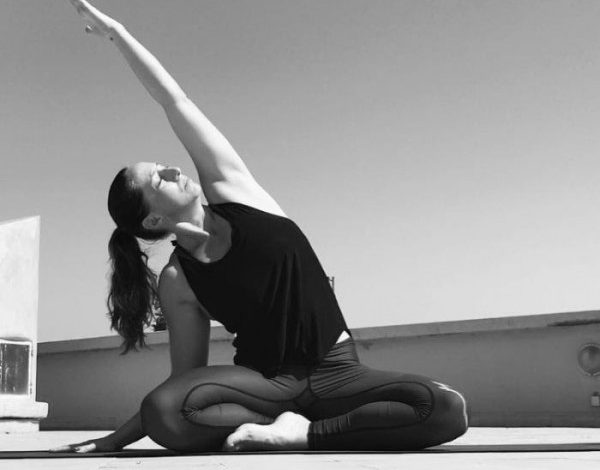Yoga Anatomy & Physiology – An Important Facet of the Yogic Tradition

Are you planning to take up yoga as a permanent career path? Have you been practicing yoga from the last one year? Good, but yoga is not only about practicing asanas and Pranayama. To be a yoga teacher you need in-depth knowledge of the human body anatomy and physiology.
Let us first start by understanding a bit about anatomy.
What is Yoga Anatomy?
Anatomy is basically a medical term. This deals with the different structures in the human body. To teach about yoga anatomy you need to have in-depth knowledge of bone, muscle, and joint structure of the body.
Understanding human body structure gives you the skills to help others in practicing yoga asanas with safety. Learning anatomy also gives you the knowledge of dealing with the most common yoga-related injuries. The 500 hour yoga teacher training can help you learn yoga anatomy with ease.
Now, let us understand what yoga physiology is about.
What is Yoga Physiology?
Yoga physiology is a science that helps you understand the functioning of different body parts with respect to yoga. To teach yoga physiology you need knowledge of different organs in respiratory, reproductive, digestive, and osmoregulation system. The yoga physiology is a dynamic field that helps you understand the different systems in the human body.
But, there is a slight difference between yoga anatomy and physiology. Come! Let us see what that is.
Yoga Anatomy vs Yoga Physiology
The word Anatomy refers to ‘structure of the body’. On the other hand, the word Physiology refers to the ‘function of the body’.
Classes in yoga anatomy help you learn and understand the detailed structure of different parts and organs in your body. However, classes in yoga physiology help you understand the functioning of these parts and organs.
Keep in mind that yoga anatomy and physiology are dependent on each other. Studying one and ignoring the other is not a good idea. You have to understand yoga anatomy before learning physiology. Studying anatomy without knowledge of yoga physiology is fruitless.
But, that is not all. There are some things you need to understand about yoga anatomy and physiology.
Things To Know About Yoga Anatomy and Physiology
Given below are the vital aspects of yoga anatomy and physiology you should know of as a yoga teacher.
1. Knowledge of Skeletal Structure of the Body
The human skeleton consists of 206 bones. These support and form the structure of an adult body. But, to become a yoga teacher you need to have knowledge of the major bones in your body including the legs and arms.
As a yoga teacher you should know about the spinal cord, which is the most important part of human body. It plays a vital role during the yoga practice. The knowledge of skeletal system of the body will help you understand what yoga poses will be effective on a particular part of the body. This knowledge comes handy when you are trying to practice yoga for height.
2. Knowledge of Muscular System of the Body
Apart from understanding the skeletal system you must have knowledge of the muscular system in the body. While you move the body during yoga practice the muscles of the moving joints also play a vital role.
Knowledge of muscular system in association with body movements helps you focus on the effectiveness of a yoga pose. It also helps you understand how a specific body movement heals specific group of muscles.
3. Knowledge of Body Movement
Your knowledge of how the body moves during a particular yoga asana helps a lot. It gives you the skills to help others practice yoga without risking an injury. As a yoga teacher you must have knowledge of the three anatomical planes of body movement.
Understanding these planes of movement helps you determine which is the one you feel most comfortable when moving your body. Knowing about body movement helps you include poses that beginners can practice without much hassle. The 500 hour yoga teacher training can help you understand the different planes of body movement.
4. Knowledge of Major Joints of Body
Joints are that part of your skeleton where two or more joints meet. Joints are often classified as tissues which help keep two or more bones together. Joints include cartilage, fibrous tissues, synovial fluid, or all three combined in one.
Knowledge of the major joints of the body helps you understand the right set of body movement which is safe for a yoga practitioner to perform. It also helps you keep yoga injuries away for good.
Conclusion
Becoming a yoga teacher is more about having in-depth knowledge of its mental and spiritual aspects. You should join the 500 hour yoga teacher training program to learn and practice yoga under the guidance of experienced yoga teachers.
Read More: Quick 10 Minute Morning Yoga Routine for Losing Weight



